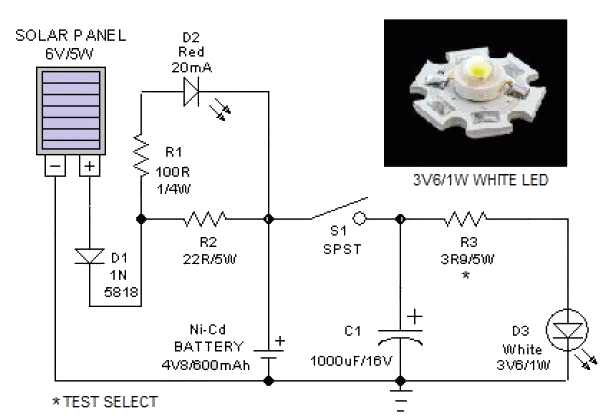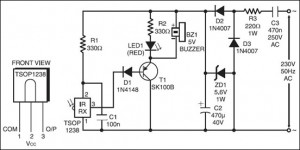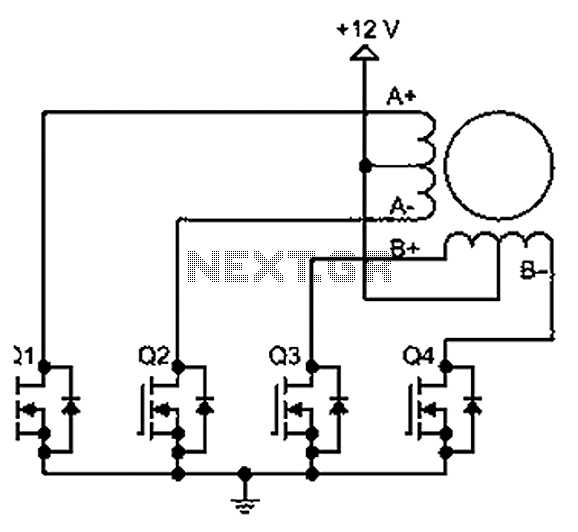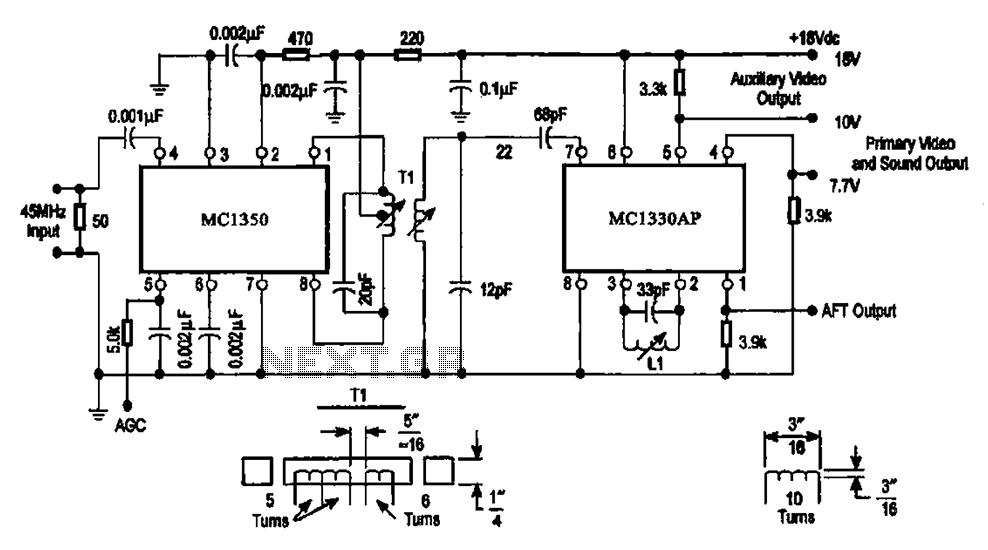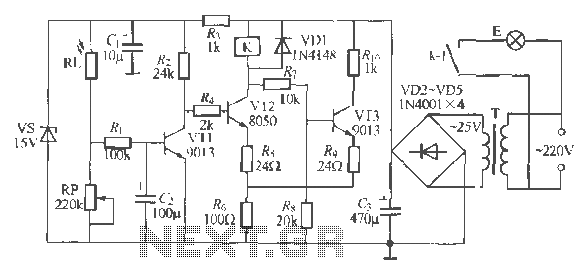
Analog counter circuit
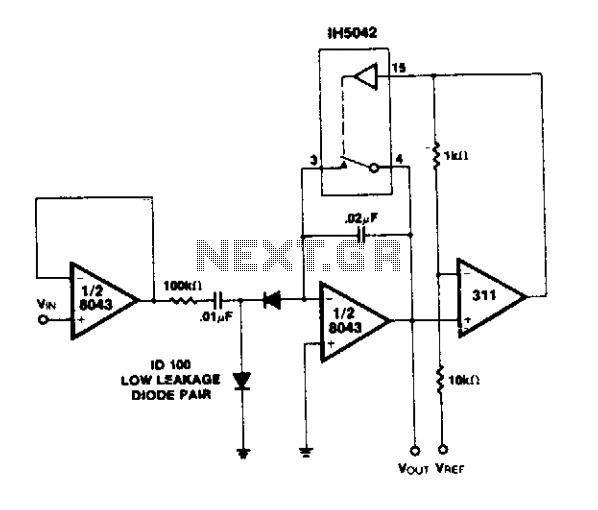
A simple circuit utilizing an LM311 as a level detector and a CMOS analog gate for capacitor discharge is presented. A notable feature of this counter type is the ease of changing the count, which only requires adjusting the voltage at which the comparator activates. A low-cost A-D converter can also be developed using this principle, as the digital count between reset intervals is directly proportional to the analog voltage referenced by the comparator. A significant amount of hysteresis is incorporated into the comparator. This guarantees that the capacitor is fully discharged during the reset phase. In a more advanced configuration, a dual comparator "window detector" may be employed, with the lower trip point set near ground to ensure complete discharge, while the upper trip point can be independently adjusted to set the pulse count.
The circuit employs an LM311 voltage comparator, which is essential for detecting a specific voltage level. The output of the LM311 is connected to a CMOS analog gate, which functions as a switch to control the discharge path of a capacitor. This configuration allows for a reliable method of detecting voltage levels while managing the timing of capacitor discharge.
The design's flexibility is highlighted by its ability to modify the counting threshold. By adjusting the reference voltage fed into the LM311, the activation point of the comparator can be altered, directly influencing the count output. This characteristic makes the circuit suitable for applications requiring precise voltage level detection and counting.
In addition, the incorporation of hysteresis in the comparator's design enhances the stability of the circuit by preventing false triggering due to noise or minor fluctuations in the input voltage. The hysteresis creates a defined range within which the comparator remains inactive, ensuring that the capacitor discharges completely before the next counting cycle begins.
For applications that demand more complex operations, a dual comparator window detector can be integrated. This configuration allows for two distinct trip points: a lower threshold near ground to ensure the capacitor is fully discharged, and an upper threshold that can be adjusted independently. This setup not only improves the accuracy of pulse counting but also provides greater flexibility in adjusting the counting range based on specific application needs.
Overall, this circuit design exemplifies a versatile and cost-effective solution for voltage level detection and counting, suitable for various electronic applications.A straightforward circuit using a LM311 for the level detector and a CMOS analog gate to discharge the capacitor is shown. An important property of this type of counter is the ease with which the count can be changed; it is only necessary to change the voltage at which the comparator trips.
A low cost A-D converter can also be designed using the same principle since the digital count between reset periods is directly proportional to the analog voltage used as a reference for the comparator. A considerable amount of hysteresis is used in the comparator. This ensures that the capacitor is completely discharged during the reset period. In a more sophisticated circuit, a dual comparator ' 'window detector'' could be used, the lower trip point is set close to ground to ensure complete discharge. The upper trip point could then be adjusted independently to determine the pulse count.
The circuit employs an LM311 voltage comparator, which is essential for detecting a specific voltage level. The output of the LM311 is connected to a CMOS analog gate, which functions as a switch to control the discharge path of a capacitor. This configuration allows for a reliable method of detecting voltage levels while managing the timing of capacitor discharge.
The design's flexibility is highlighted by its ability to modify the counting threshold. By adjusting the reference voltage fed into the LM311, the activation point of the comparator can be altered, directly influencing the count output. This characteristic makes the circuit suitable for applications requiring precise voltage level detection and counting.
In addition, the incorporation of hysteresis in the comparator's design enhances the stability of the circuit by preventing false triggering due to noise or minor fluctuations in the input voltage. The hysteresis creates a defined range within which the comparator remains inactive, ensuring that the capacitor discharges completely before the next counting cycle begins.
For applications that demand more complex operations, a dual comparator window detector can be integrated. This configuration allows for two distinct trip points: a lower threshold near ground to ensure the capacitor is fully discharged, and an upper threshold that can be adjusted independently. This setup not only improves the accuracy of pulse counting but also provides greater flexibility in adjusting the counting range based on specific application needs.
Overall, this circuit design exemplifies a versatile and cost-effective solution for voltage level detection and counting, suitable for various electronic applications.A straightforward circuit using a LM311 for the level detector and a CMOS analog gate to discharge the capacitor is shown. An important property of this type of counter is the ease with which the count can be changed; it is only necessary to change the voltage at which the comparator trips.
A low cost A-D converter can also be designed using the same principle since the digital count between reset periods is directly proportional to the analog voltage used as a reference for the comparator. A considerable amount of hysteresis is used in the comparator. This ensures that the capacitor is completely discharged during the reset period. In a more sophisticated circuit, a dual comparator ' 'window detector'' could be used, the lower trip point is set close to ground to ensure complete discharge. The upper trip point could then be adjusted independently to determine the pulse count.
